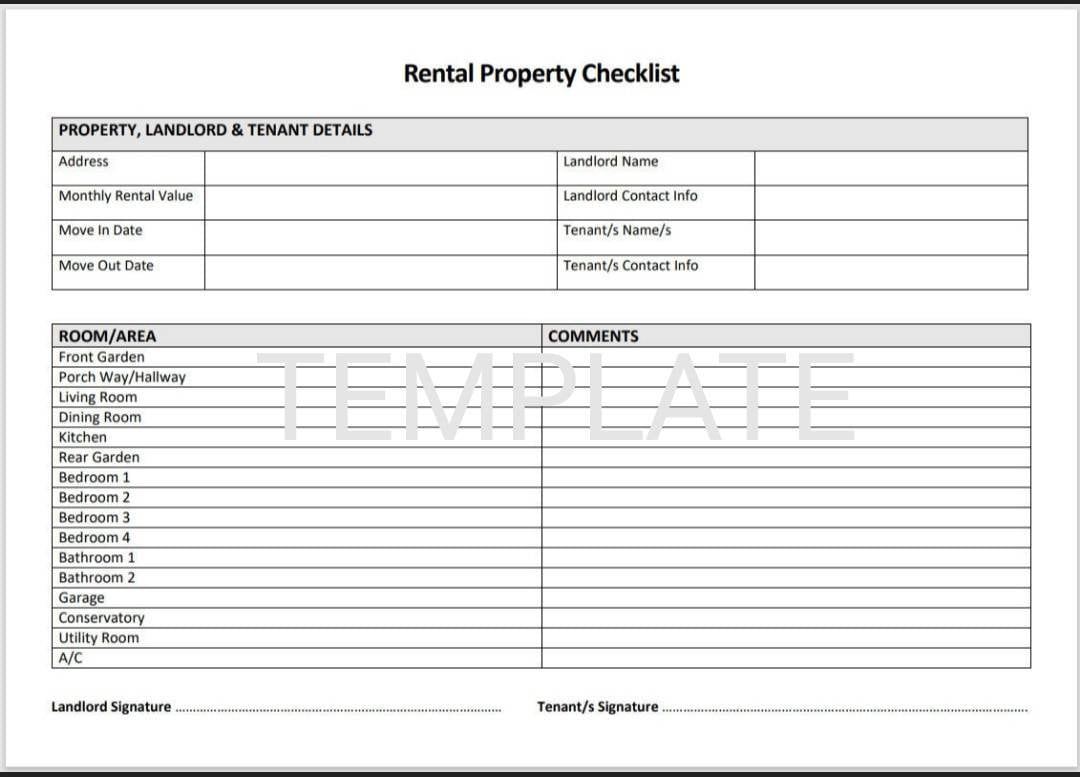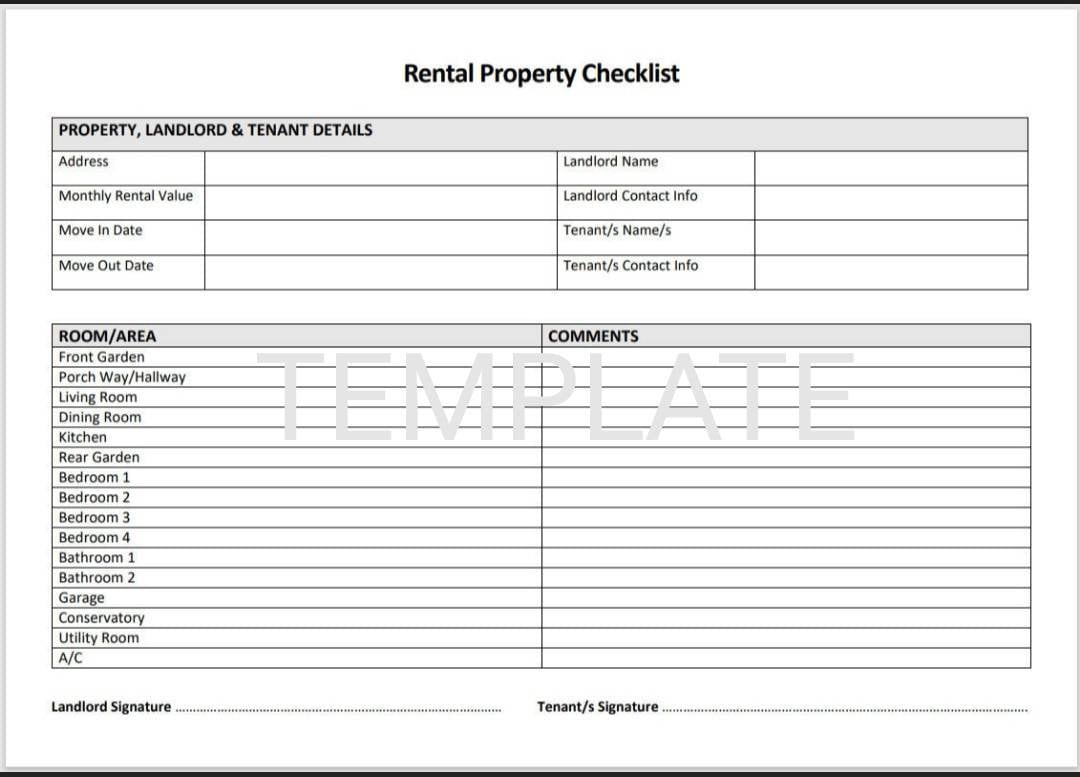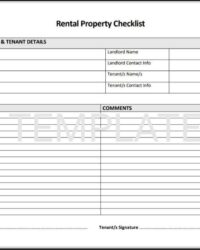Managing a rental property requires a detailed and comprehensive inventory of its contents to ensure a smooth tenancy and protect both the landlord and tenant. A rental property inventory template provides a structured framework for recording and documenting all the items present within the property at the start and end of a tenancy.
Creating an inventory template is a valuable exercise that benefits all parties involved. Landlords can use it to track their assets, accurately assess any damages or missing items, and provide evidence in case of disputes. Tenants can use it to verify the condition of the property they are renting, providing peace of mind that they are not liable for any pre-existing issues.
Investing time in developing a thorough rental property inventory template is an essential step towards maintaining a successful and harmonious landlord-tenant relationship. By ensuring that both parties have a clear understanding of the property’s contents, potential conflicts can be minimized, and the handover process can be streamlined. Now, let’s delve into the details of creating an effective inventory template.
Creating a Comprehensive Rental Property Inventory Template
A well-crafted rental property inventory template should include several key elements. First, it should clearly identify the property address, tenancy duration, and the names of the landlord and tenant. Once the basics are covered, the template can be organized into different sections, such as rooms, appliances, furniture, and other miscellaneous items.
Essential Sections:
Rooms: List each room in the property and note any fixtures and fittings, such as lighting, curtains, and flooring. Describe any existing damage, including scratches, stains, or cracks.
Appliances: Document all major appliances, including their brands, models, and serial numbers. Test and record the functionality of each appliance, noting any issues.
Furniture: Inventory all furniture items, including sofas, chairs, beds, and tables. Note the condition of each piece, including any upholstery, cushions, or hardware.
Other: Include any additional items that are not covered in the previous categories, such as artwork, rugs, or curtains. Describe the condition and any specific details.
Tips for Effective Rental Property Inventory Templates
To enhance the effectiveness of your rental property inventory template, consider the following tips:
Use clear and concise language: Ensure that the template is easy to understand and interpret for both the landlord and tenant.
Be thorough and specific: Provide detailed descriptions of each item, including any unique features or distinguishing marks. The more specific the inventory is, the less room there is for disputes.
Take photos: Supplement the inventory with photographs of each room and item, capturing both the general condition and any existing damage. This provides visual evidence to support the written documentation.
Get signatures: Once the inventory has been completed and reviewed by both parties, have them sign and date the template. This creates a binding agreement that both parties acknowledge the accuracy of the inventory.
Review and update regularly: It’s essential to revisit and update the rental property inventory template periodically, especially after significant changes to the property or its contents. This ensures that the information remains accurate and up-to-date.
By following these tips and utilizing a well-structured rental property inventory template, landlords and tenants can create a transparent and mutually beneficial foundation for a successful tenancy. It fosters trust, minimizes potential conflicts, and ensures that both parties are protected throughout the lease term.


